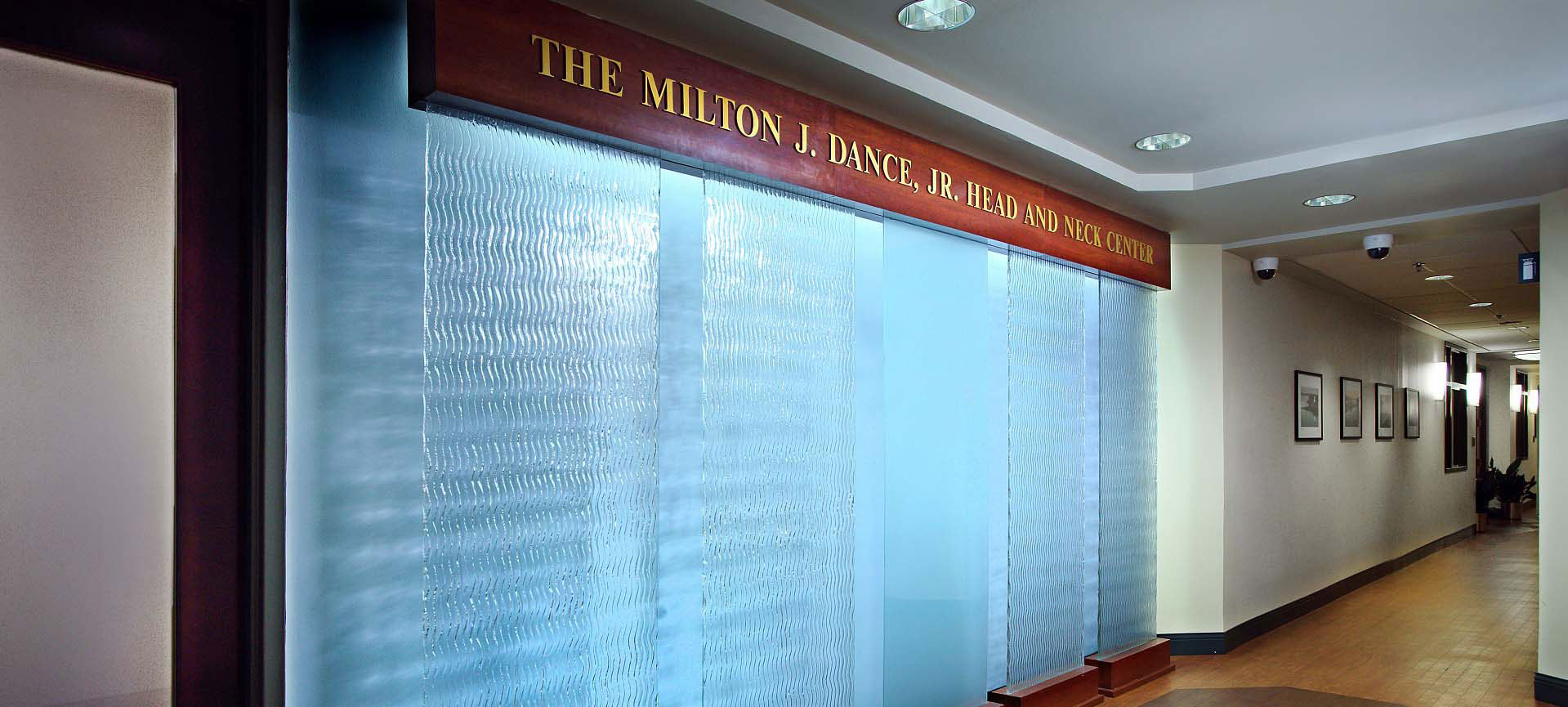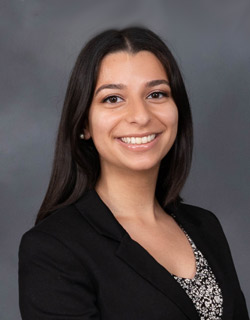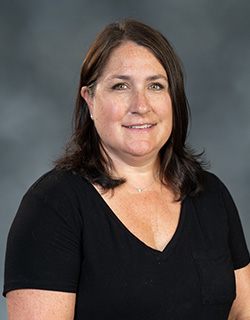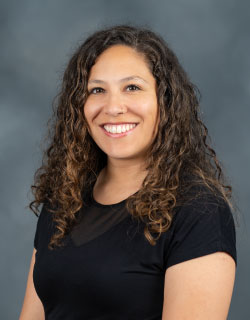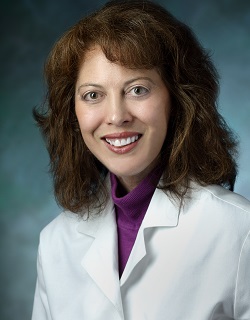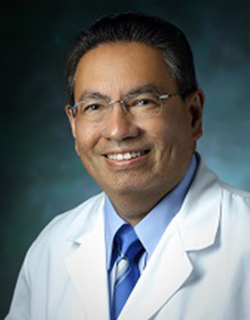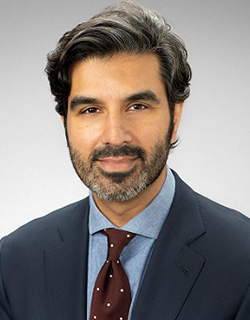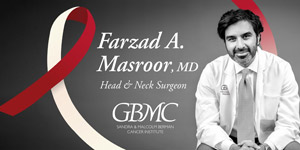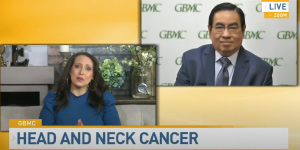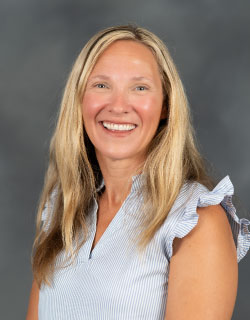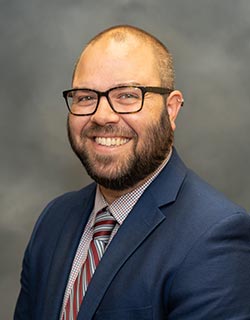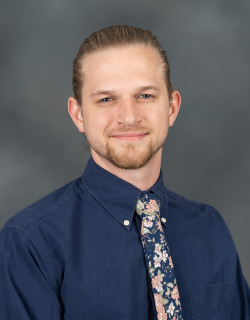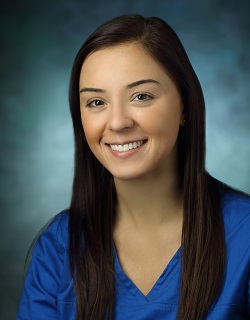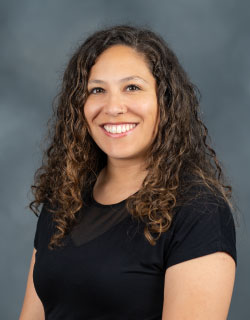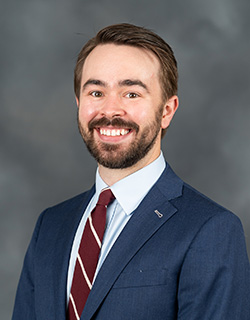Head and Neck Multidisciplinary Team
MEET YOUR
MULTIDISCIPLINARY TEAM
Head and Neck Surgeons
Ray Blanco, MD, FACS
Farzad Masroor, MD
Head & Neck Nurse Navigator
Karen M. Ulmer, MS, RN, CORLN
Oncology Social Workers
Karen Harrer, MSW, LCSW-C, OSW-C
Oncology Dietitian
Allison Francis, RD
Radiation Oncology
Geoffrey Neuner, MD
Kruti Patel, MD
Dental Maxillofacial
Ghassan Sinada, DDS
Medical Oncology
Mei Tang, MD
Ari Elman, MD
Spiritual Support
Reverend Saundra Rector, M.Div., BCC, CCISM
Infectious Disease
Theodore C. Bailey, MD, JD, MA
Karoll J. Cortez, MD, MHS, FACP
Pathology
Robert Palmero, MD
Lindsey Giocochea, MD
We provide multidisciplinary care
of the head and neck cancer patient:
Specialized ~ Coordinated ~ Comprehensive
We provide patient-centered, multidisciplinary care of cancer and non-cancer conditions which has drawn patients to our Center from all across the globe. From the start, every head and neck cancer patient is offered a coordinated plan of care from diagnosis through treatment, recovery and rehabilitation. Our integrated approach combines all of these specialties to provide the latest advances in diagnostics, treatment, research, and support services: Speech-language Pathology, Otolaryngology Nurse Specialist, Oncology Registered Dietician, Oncology Social Work, Head and Neck Surgery, Medical Oncology, Radiation Oncology, Oral Pathology, Maxillofacial Prosthodontics, and Radiology.
Going beyond your physical needs to provide emotional and practical support. Our care doesn't end with state-of-the-art surgery and advanced technology. The Milton J. Dance, Jr. Head and Neck Center also provides a wide range of programs and services to improve our patients' quality of life. Patients and family members receive exceptional care through counseling and education, discharge planning, home health care coordination, support groups, head and neck cancer tumor board meetings, multidisciplinary patient care conferences, and more. Every step of the way, our patients experience compassion from people who care in a healing, supportive environment.
Collaborating with the Head & Neck Surgery Team. The Milton J. Dance, Jr. Head and Neck Center's multidisciplinary team works hand-in-hand with GBMC's on-site Head & Neck Surgery team-offering expertise in organ preservation, microvascular and laryngeal surgery, minimally invasive techniques, voice rehabilitation, and research-based clinical trials. The Milton J. Dance, Jr. Head and Neck Center also manages all types of laryngeal voice problems including benign and malignant lesions, neurological disorders, and vocal dysfunction due to behavioral causes.
OUR SERVICES
From the start, every head and neck cancer patient is offered a coordinated plan of care from diagnosis through treatment, recovery and rehabilitation.
Learn more about our multidisciplinary team care plan (Head and Neck Clinical Pathway) and our patient care plan:
Care Plan - CLICK HERE
Each patients' physical and emotional needs are addressed through programs and services with the primary goal of optimizing patient's quality of life by providing team intervention through:
- Head and neck tumor board and patient care interdisciplinary conferences
- Speech pathology, nursing, psychosocial and nutritional rehabilitation services
- Counseling and education for patients and family members
- Discharge planning and home health care coordination
- Patient and family support groups
- Nutrition Lecture Series
- Ongoing patient educational programs
- Oral Cancer Screenings
- Voice Screenings
Related Services

Milton J. Dance, Jr. Head and Neck Center
6569 N. Charles St. Pavilion West, Suite 401 - Towson, MD 21204
